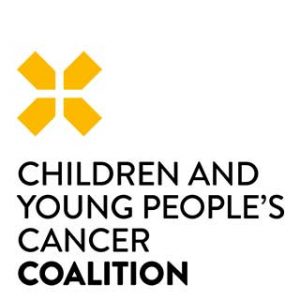Children and Young People’s Cancer Coalition (CYPCC) research reveals the impact of Covid-19 on charity services.
brainstrust is a proud member of the CYPCC, a sector wide coalition of 24 charities working together to improve cancer care for children and young people with cancer.
The impact of Covid-19 on charity services
“Whilst overall the numbers of people we are helping is consistent with before the pandemic, these people are contacting us much later in their journey. We are reaching fewer families who have just received a brain tumour diagnosis, who will be terrified, alone and confused. It is vital we get back to working with these people, and sooner on their journey. No family should have to pick up the pieces following their diagnosis on their own.” Will Jones, chief executive at brainstrust.

With the resurgence of Coronavirus cases and restrictions now being heightened, the CYPCC survey is a ‘wake-up call,’ highlighting the challenges cancer charities face at a time of great uncertainty. The Coalition found that:
- Coronavirus had affected the annual income of nearly all charities (23 of 24) with the proportion of lost income for most estimated to be between 30-60%
- Organisations had to stop some services, whilst others have had to scale them down in order to keep them going
- All respondents said that their ability to deliver services will be affected by Coronavirus – 50% reported longer term impact and of those remaining, the majority anticipate an effect in the next 9 or 12 months
At brainstrust we felt the drastic impact of Coronavirus as we had to completely cancel a calendar of fully booked events for people with a brain tumour, and shift to a programme of online support.
Will Jones says: “brainstrust is a fantastic organisation that can weather most storms. This is because of the incredible commitment, passion, agility and energy of our team and our supporters. We managed to get our ship in shape very quickly in April to trim costs to meet the projected drop in income and with more hard work we don’t doubt that we can balance our books and continue to provide an incredible service for years to come. However what we’re finding very very difficult right now is that we know that groups of people who benefited from our help before Covid-19 aren’t finding us now. Whilst overall the numbers of people we are helping is consistent with before the pandemic, these people are contacting us much later in their journey. We are reaching fewer families who have just received a brain tumour diagnosis, who will be terrified, alone and confused. It is vital we get back to working with these people, and sooner on their journey. No family should have to pick up the pieces following their diagnosis on their own.”
“We are looking at how to make referrals and signposting easier during remote consultations, and our team is doing more outreach work and looking closely at the promotion, content and accessibility of our events. I don’t doubt that we can tackle this challenge, but it’s a devastating fact that Covid-19 has meant that hundreds of families are getting support far too late. It is important we reach as many families as possible now even more than before, as they are not only fighting an isolated journey against a brain tumour diagnosis but also many families are filled with fear of Covid-19 and their children returning to school. In contrast some families have been living in isolation for years, since their child’s first diagnosis. We are here to help each family to feel less isolated, more supported and part of a community through our tailored support services.” Khadijha Sundus, support specialist for children and families.










